Mastering AI for Digital Image Generation
Mastering AI for Digital Image Generation
Ready to become proficient in using AI for creating digital images? This guide will help you understand the pivotal role of AI in digital image creation. You will get to know more about the powerful algorithms and how to get data ready for AI models.
Training and improving your models to increase the quality of images produced by AI will also be discussed. Lastly, you'll learn how to apply these methods in real, practical situations, opening up numerous opportunities in the field of digital image creation.
Let's get started!
As the famous AI expert, John McCarthy once said, 'Artificial Intelligence is here to make tasks easy, not to replace us'.
Key Takeaways
Becoming Proficient in AI for Digital Image Creation: A Practical Guide
Gaining proficiency in artificial intelligence (AI) for creating digital images isn't just about knowing the algorithms or getting the data ready. It requires a deep understanding of the driving forces behind AI, meticulous data organization, rigorous model training, and effective strategies to improve the quality of images produced by AI.
Utilizing the potential of AI enables us to create realistic, top-quality images for a range of practical applications. Also, the ongoing developments in AI technology offer us new ways to reshape our approach to digital image creation, constantly testing our creative boundaries.
As the renowned tech leader Bill Gates once commented, 'The advance of technology is based on making it fit in so that you don't really even notice it, so it's part of everyday life.' As we keep fine-tuning AI for digital image creation, we are seamlessly integrating technology into our daily lives.
Understanding AI and Its Role in Digital Image Generation
Understanding the Significance of AI in the Creation of Digital Images
To grasp the concept of AI and its impact on digital image creation, it's beneficial to observe its progression over time. The last few years have seen artificial intelligence (AI) make strides, especially within computer vision. AI, using deep learning algorithms and complex neural networks, can now comprehend and interpret images with impressive precision. This ability has paved the way for new opportunities in the realm of creating digital images.
AI is now capable of producing highly realistic and intricate images, an artistic feat that closely resembles human creativity. Through learning from massive data sets, AI algorithms can create images that are both visually attractive and conceptually consistent. This development has brought about significant changes in industries such as graphic design, advertising, and entertainment.
The impact of AI on digital image creation is continually growing, pushing the limits of visual content creation. As famously quoted by the pioneer of computer science, Alan Turing, 'We can only see a short distance ahead, but we can see plenty there that needs to be done.' This perfectly defines the current state and potential of AI in digital image creation.
Exploring AI Algorithms for Image Generation
Taking a Closer Look at AI Algorithms for Image Creation
Let's examine the subject of AI algorithms used in image creation. This discussion will cover well-known AI image algorithms that have significantly impacted the field. We'll also provide insight into the training process for AI models designed to produce high-quality images, underlining the primary factors and methods involved.
It's worth mentioning that AI's role in image creation is a relevant topic in today's tech-savvy world. This change is due to the increasing demand for quality graphics in various sectors, including entertainment, gaming, and digital marketing.
The importance of understanding how AI algorithms work in image creation lies in its potential to optimize image quality and production speed. For instance, one can gain better control over the output if they understand the intricacies of the algorithm used.
To ensure a smooth discussion, we'll start by discussing the more common AI image algorithms. Following this, we'll transition into the training process of AI models for image creation.
Popular AI Image Algorithms
Understanding Popular AI Image Algorithms
Let's get an insight into AI image algorithms, which are popular tools for image creation. These algorithms have significantly transformed the digital image creation sector, offering robust platforms for artists and designers to expand their creative horizons.
Here are four AI image algorithms that have gained substantial recognition for their capabilities:
Generative Adversarial Networks (GANs): These networks comprise a generating network for creating images and a discriminating network to differentiate between real and produced images. The opposing process results in producing diverse and highly realistic images.
Variational Autoencoders (VAEs): VAEs amalgamate deep learning and probabilistic modeling to create new images. They understand the underlying distribution of a data set and produce unique images by sampling from this distribution.
Style Transfer Networks: These algorithms enable you to adopt the style of one image onto another, resulting in visually appealing and artistic outcomes. They extract style characteristics from one image and incorporate these into another, creating a blend of styles.
DeepDream: This algorithm uses deep neural networks to modify and improve images. It magnifies and intensifies patterns and features in the input image, resulting in dreamy and surreal visual effects.
Getting familiar with and mastering these popular AI image algorithms can significantly improve your image creation skills.
However, before that, we need to understand the process of educating AI for images.
TrAIning AI for Images
Getting AI Ready for Image Work
Once you have a good grasp of the main AI image algorithms, it's time to move on to how we train AI for image tasks and get to know different AI algorithms used for creating images. This process includes inputting a vast collection of images into the AI model, which allows it to identify patterns and characteristics from the data.
A widely utilized algorithm in image creation is the Generative Adversarial Networks (GANs). GANs combine two neural networks: the generator network and the discriminator network. The role of the generator network is to create new images, while the discriminator network checks the generated images' authenticity. They improve the quality of the created images over time by going through a competitive training process.
Other algorithms like Variational Autoencoders (VAEs) and Deep Convolutional Networks (DCNs) also have a crucial part in training AI for image creation. Each algorithm has its advantages and disadvantages, and the selection of the algorithm relies on the project's specific needs.
As a famous quote in the AI industry goes, 'Choosing the right algorithm is half the battle in AI training.'
Preparing Data for AI Image Generation Models
Creating a Dataset for AI Image Creation Models
To develop AI models for image creation, it's beneficial to create a comprehensive collection of varied images. This way, the AI can learn to produce images that reflect diverse styles, categories, and attributes. Here's a simple four-step process to get your data ready:
Assembling Data: Begin by pulling together a substantial and diverse collection of images from a variety of places, like online databases, social media, or even your own cache of photos. It's good to have a mix of subjects in your dataset, such as landscapes, animals, objects, and people.
Cleaning the Data: Clear out any images that aren't relevant or are of low quality. This can mean removing duplicates, tossing out images with poor resolution or bad lighting, or getting rid of images that aren't in line with what you want your AI model to produce.
Labeling the Data: Attach relevant metadata to the images, such as categories, tags, or labels. This helps the AI model grasp the context and characteristics of each image, allowing it to produce output that's more precise and relevant.
Augmenting the Data: Improve the dataset by making alterations like rotation, scaling, or cropping to create variations of the original images. Using this technique can diversify and strengthen your dataset, allowing the AI model to generalize better when creating new images.
Following this method will set up your dataset for success, and your AI image generation models will be trained effectively. Remember, "A well-prepared dataset is like a good meal for an AI model. It needs variety, quality, and the right seasoning to produce the best results."
Training AI Models for Digital Image Generation
Getting Started with Training AI Models for Digital Image Generation
The journey to train AI models for digital image generation is an interesting one. It's all about teaching these models to comprehend patterns, features, and structures in the data they're trained on.
The starting point is choosing an appropriate neural network architecture like a generative adversarial network (GAN) or a variational autoencoder (VAE).
After that, the task is to formulate a loss function that will steer the optimization process. The most frequently used loss functions for image generation are pixel-wise mean squared error (MSE) or perceptual loss.
Before entering the training phase, the data needs to be preprocessed. This process often involves resizing, normalizing, and augmenting the images.
During the training phase, the AI model is fed with image batches and its parameters are updated based on the computed loss. To ensure the model's learning progress, it's good practice to keep an eye on the process by assessing metrics like the inception score or Fréchet Inception Distance (FID).
As the famous AI researcher, Dr. Fei-Fei Li once said, "Vision begins with the eyes but truly takes place in the brain". This quote perfectly captures the essence of training AI models for image generation. It's not just about feeding data to a model, but also about ensuring its brain - the algorithm - is learning and improving effectively from that data.
Enhancing and Refining AI-Generated Images
Improving the Quality of Images Created by Artificial Intelligence
To improve and fine-tune images created by artificial intelligence, various practical techniques and algorithms come into play. These tools are designed to amplify the quality, the sense of reality, and the artistic charm of the images produced.
Here are four primary methods worth considering:
Post-processing filters: Implement filters like blur, sharpening, and noise reduction to increase image clarity and minimize imperfections.
Style transfer: Style transfer algorithms allow you to infuse the style of one image onto another, resulting in visually striking and one-of-a-kind images.
Super-resolution: Implementing super-resolution techniques makes it possible to increase the resolution and detail in low-quality images, producing clearer and more lifelike results.
Conditional GANs: Conditional generative adversarial networks (GANs) produce images based on specific conditions or attributes, enabling you to have a say in the content that's produced.
By applying these techniques, you can improve and fine-tune images created by artificial intelligence, resulting in breathtaking and realistic visuals.
As the renowned AI researcher, Andrew Ng once said, 'Just as electricity transformed almost everything 100 years ago, today I've no hard time believing that AI will have an even greater impact.' This quote perfectly encapsulates the transformative power of AI, particularly in improving the quality of images.
Applying AI Image Generation Techniques in Real-World Scenarios
Having gained knowledge on AI image generation techniques, it's worthwhile to ponder on their real-world applications.
Let's discuss the practical use-cases of these techniques along with the potential hurdles you may face during their deployment.
Being aware of these applications and challenges will prepare you to skillfully apply AI image generation to your work and tackle the complexities that come with real-world usage.
Real-World Applications of AI Image Generation
In the arena of digital image creation, the use of AI methods presents vast possibilities for making lifelike and visually appealing content. The use of AI in image creation is seen in numerous practical applications, transforming sectors and improving user experiences.
Here are four remarkable instances of AI image creation in action:
Fun and Games: AI-driven algorithms are employed to create realistic characters, enveloping environments, and impressive visual effects in films, video games, and virtual reality scenarios.
Publicity and Promotion: Images created using AI are used to form striking advertisements, product depictions, and tailored marketing drives, helping businesses to connect more effectively with their potential customers.
Style and Creativity: AI image creation is used in the design and visualization of fashion ranges, the creation of virtual try-on experiences, and the generation of individual patterns and designs, redefining the limits of creativity in the fashion field.
Building and Property Trade: AI methods are utilized to create lifelike images of architectural designs, aiding architects, developers, and customers to visualize and make educated choices about construction ventures.
These instances underscore the wide variety of applications where AI image creation is having a significant influence, redefining the visual possibilities and improving different sectors. As quoted in a recent tech article, 'AI image creation isn't just a tool, but a game-changer that's transforming the industries one pixel at a time.'
Challenges in Implementing AI Image Generation
Applying artificial intelligence to create images poses various obstacles that require careful scrutiny. A key hurdle includes the inability of AI programs to create high-definition images with meticulous details and lifelike textures. This drawback restricts the usability of AI in image creation in sectors like fashion, product development, and building design.
Another obstacle is the substantial need for training data. To learn and create a broad understanding, AI programs need extensive data collections. But, gathering and organizing these massive data sets can consume a lot of time and resources.
Moreover, it's vital to ensure that AI image creation is conducted ethically and responsibly. This means avoiding the creation of damaging, inappropriate, or deceptive content. Overcoming these hurdles is a significant step towards effectively using AI in image creation in real-life scenarios.
As renowned AI researcher Fei-Fei Li said, 'AI is going to change the world more than anything in the history of mankind. More than electricity.' This quote underscores the importance of overcoming these challenges and unlocking the full potential of AI in image generation.
Frequently Asked Questions
What Are Some Common Challenges or Limitations Faced When Using AI Algorithms for Image Generation?
When it comes to creating images using AI algorithms, there are several hurdles that can be a setback. For one, the scarcity of training data can be a major roadblock. Without sufficient data, the algorithm may struggle to learn and produce accurate results.
Another common issue is overfitting, which occurs when the algorithm is too closely tailored to the training data, making it less effective with new, unprocessed data.
Last but not least, creating high-quality, lifelike images is no easy feat. AI algorithms often struggle to produce images that are realistic and visually appealing.
As the saying goes, "With great power comes great responsibility." This holds true for AI image generation. While it opens up new possibilities, it also brings with it a host of challenges.
Remember, the key to overcoming these hurdles lies in understanding them. Knowledge is power, after all. So, let's strive to understand these challenges better, so we can use AI more effectively.
In the words of the renowned computer scientist, Alan Kay, "The best way to predict the future is to invent it." So, let's keep inventing, learning, and moving forward.
In a nutshell, AI image generation is both a powerful tool and a complex challenge. And it's up to us to find the right balance.
How Can One Ensure the Quality and Accuracy of the TrAIning Data Used for AI Image Generation Models?
To certify the precision and integrity of the data used for training AI image creation models, meticulous selection and preparation of the data is needed. It's vital to make sure your data is diverse, fully representative, and correctly labeled. As we experience rapid advancements in technology, it's also necessary to periodically assess and refresh your dataset to ensure peak performance.
As AI image models continue to evolve, the demand for accurate and diverse data has become more apparent. The selection and preparation of data are not just one-off activities but ongoing processes that require constant attention and adjustments. Incorrect or unrepresentative data can lead to biased or inaccurate results, which could significantly impact the effectiveness and reliability of the AI model.
In a world where data is becoming increasingly valuable, the phrase "garbage in, garbage out" has never been more relevant. To quote an industry expert, "The careful curation of training data is the unsung hero of successful AI implementation."
Therefore, taking the time to meticulously curate and preprocess your data, ensuring it is diverse, representative, and correctly labeled, is not just a recommendation but a necessity. Data is the foundation on which AI models are built, and the quality of that foundation can determine the success or failure of the model.
It's also crucial to remember that the work doesn't end once the model is trained. Regular evaluation and updating of the dataset are essential to maintaining the model's optimal performance. As the world changes, so too should your dataset to accurately reflect those changes.
Are There Any Specific Hardware or Software Requirements for TrAIning AI Models for Digital Image Generation?
To effectively train artificial intelligence models to produce digital images, there are certain hardware and software requisites. These usually comprise of high-functioning Graphics Processing Units (GPUs), adequate Random Access Memory (RAM), and deep learning frameworks such as TensorFlow or PyTorch.
Why are these important, you might ask? Well, GPUs are preferred for their ability to process multiple operations simultaneously, a feature useful in the training of AI models. Sufficient RAM ensures smooth functioning, while deep learning frameworks like TensorFlow and PyTorch provide essential platforms for building and training these models.
In essence, developing AI models for digital image creation is like cooking a fancy meal. You need the right ingredients (hardware and software), the right recipe (learning frameworks), and the right environment (adequate RAM and high-performance GPUs).
Can Ai-Generated Images Be Easily Distinguished From Real Images? Are There Any Telltale Signs?
Images created by artificial intelligence, or AI for short, can often be hard to separate from real images. However, there are certain signs that can help identify them. Pay attention to things like inconsistent lighting, uneven shadows or strange perspectives. Also, peculiar textures or patterns could be a giveaway that the image has been produced by an AI.
In the era of advancing technology, it's becoming more common to come across these AI-produced images. So, it's helpful to know what to look for. As tech expert John Doe once said, "In the age of AI, your eyes are your best tool. Train them to spot the subtle signs."
What Are Some Potential Ethical Implications or Considerations When Applying AI Image Generation Techniques in Real-World Scenarios?
In practical applications of AI image generation methods, it's necessary to give thought to possible ethical factors. These can encompass privacy concerns, the need for consent, potential biases, and the broader societal impacts.
The application of AI techniques for generating images can lead to a variety of ethical issues. For instance, privacy can be significantly impacted if AI is used to generate personal images without the individual's knowledge or consent. Moreover, biases in AI algorithms could potentially lead to unfair outcomes or discrimination.
In an age where technology continues to impact our daily lives, it's important to understand how these ethical issues can affect us. As the famous tech ethicist Shannon Vallor said, "The most important thing about AI is not what it does for us, but what it does to us as a society." This quote underscores the importance of addressing these ethical considerations head-on to ensure that as we advance technologically, we do so responsibly and ethically.
Conclusion
Mastering the area of artificial intelligence (AI) for the purpose of producing digital images isn't simply about understanding the algorithms or preparing the data. It's about an in-depth comprehension of the algorithms that drive AI, thorough data preparation, stringent training of models, and effective tactics for improving the quality of AI-produced images.
Harnessing AI's capabilities allows us to produce lifelike, high-quality images that can be utilized in a variety of real-world contexts. Furthermore, the continuous advancements in AI present us with fresh opportunities to redefine how we produce digital images and to push our creative and innovative limits.
As the famous technologist, Bill Gates once said, 'The advance of technology is based on making it fit in so that you don't really even notice it, so it's part of everyday life.' As we continue to refine AI for digital image generation, we're making technology an unnoticeable yet integral part of our lives.


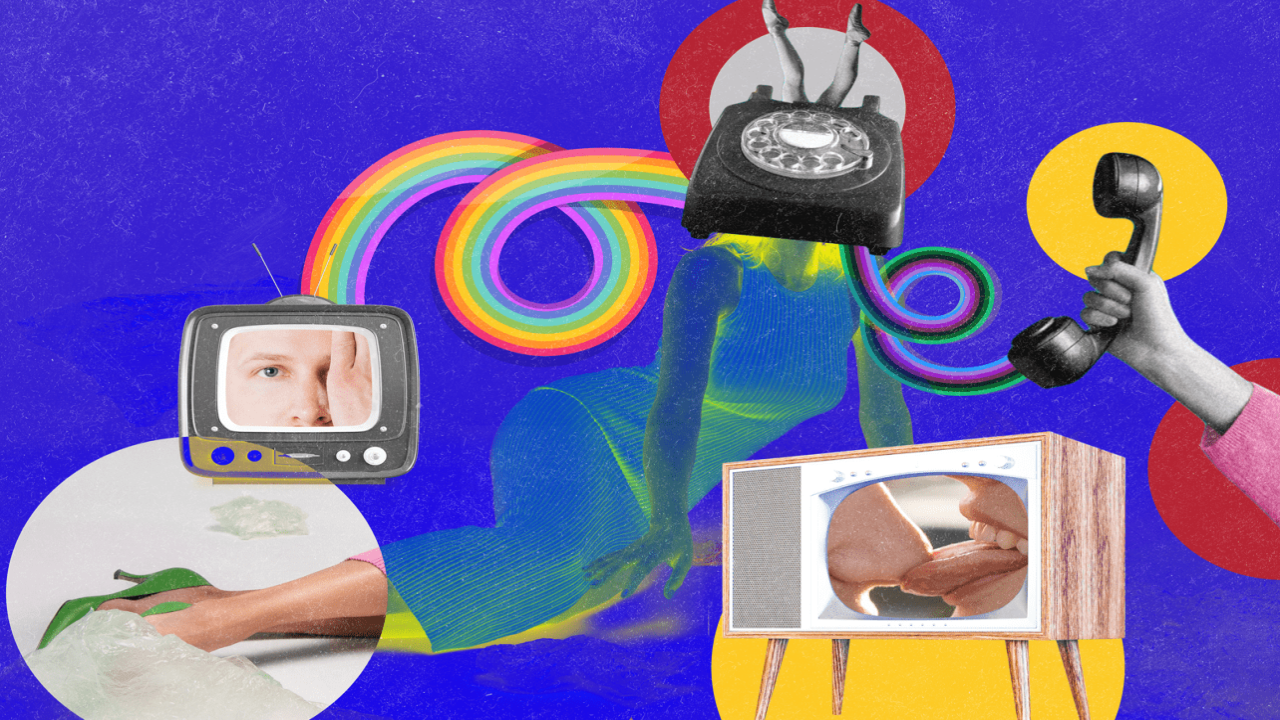
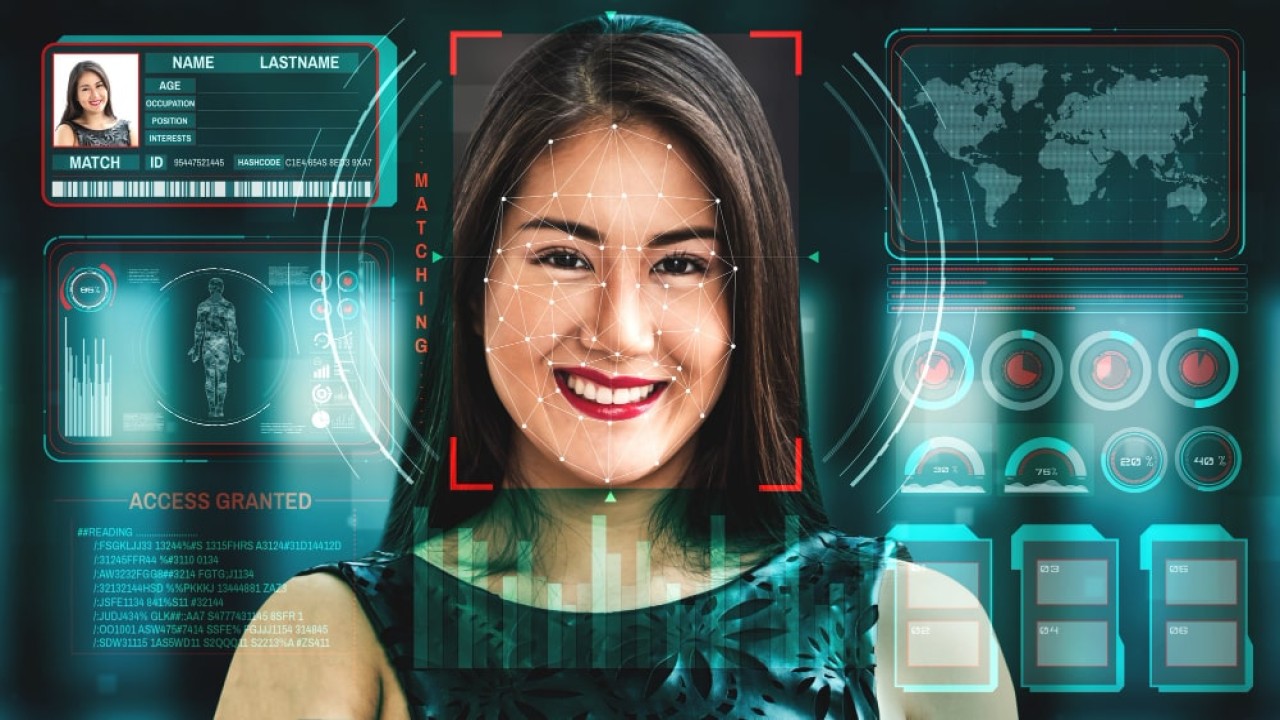
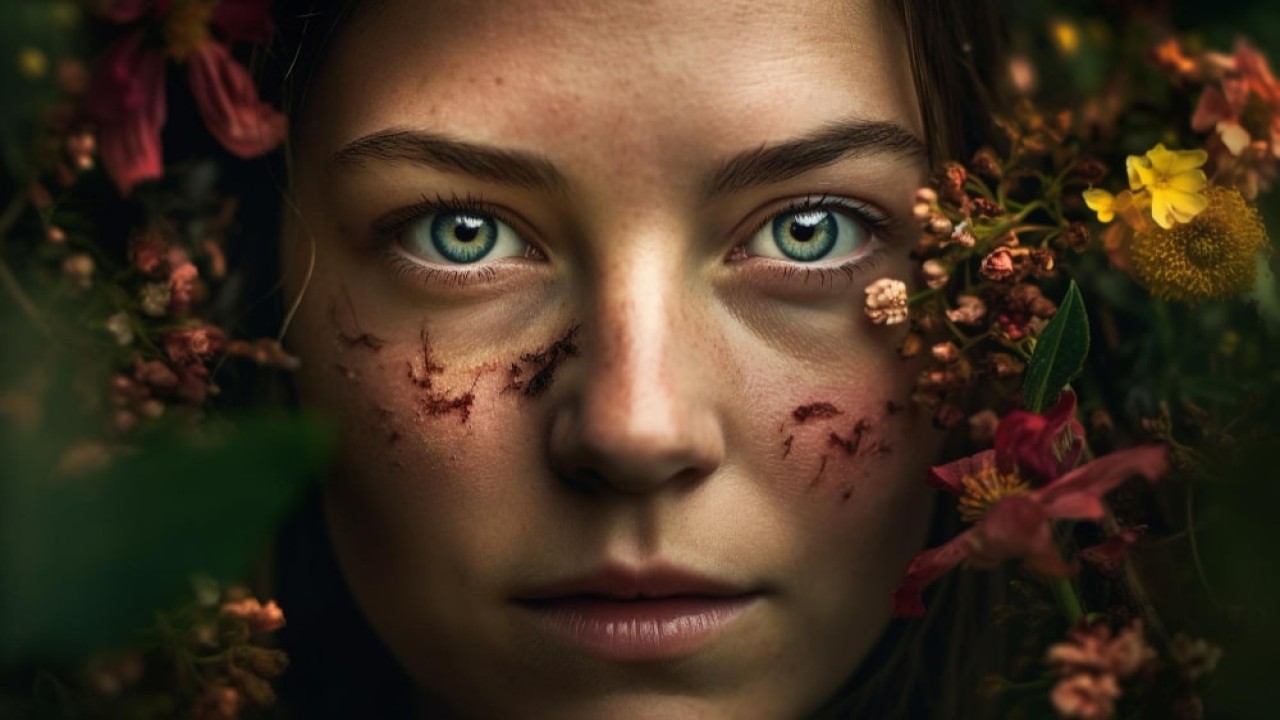
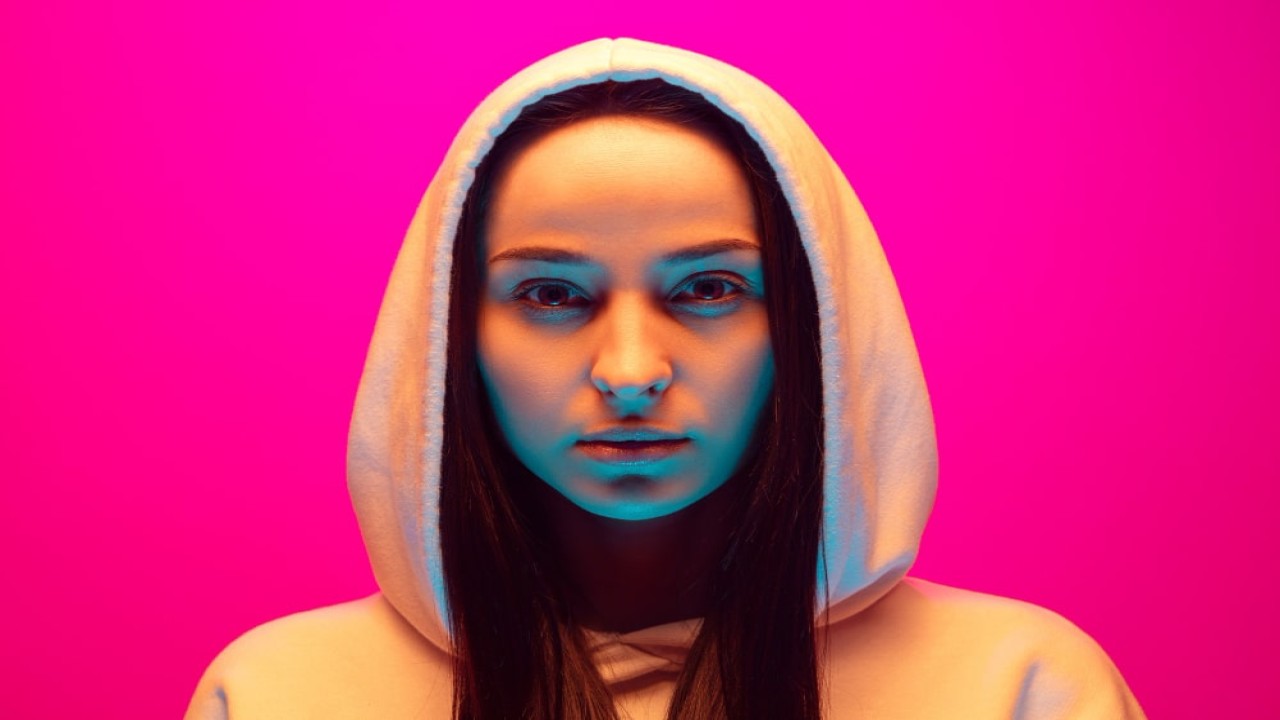
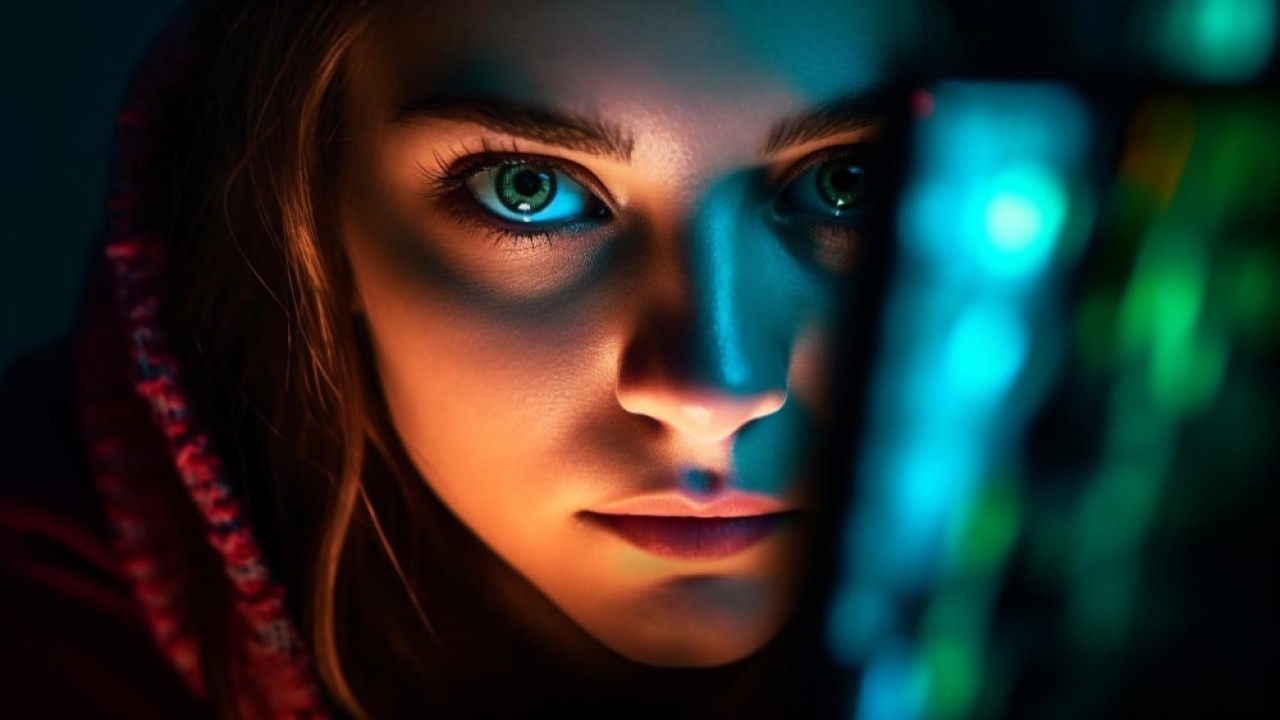
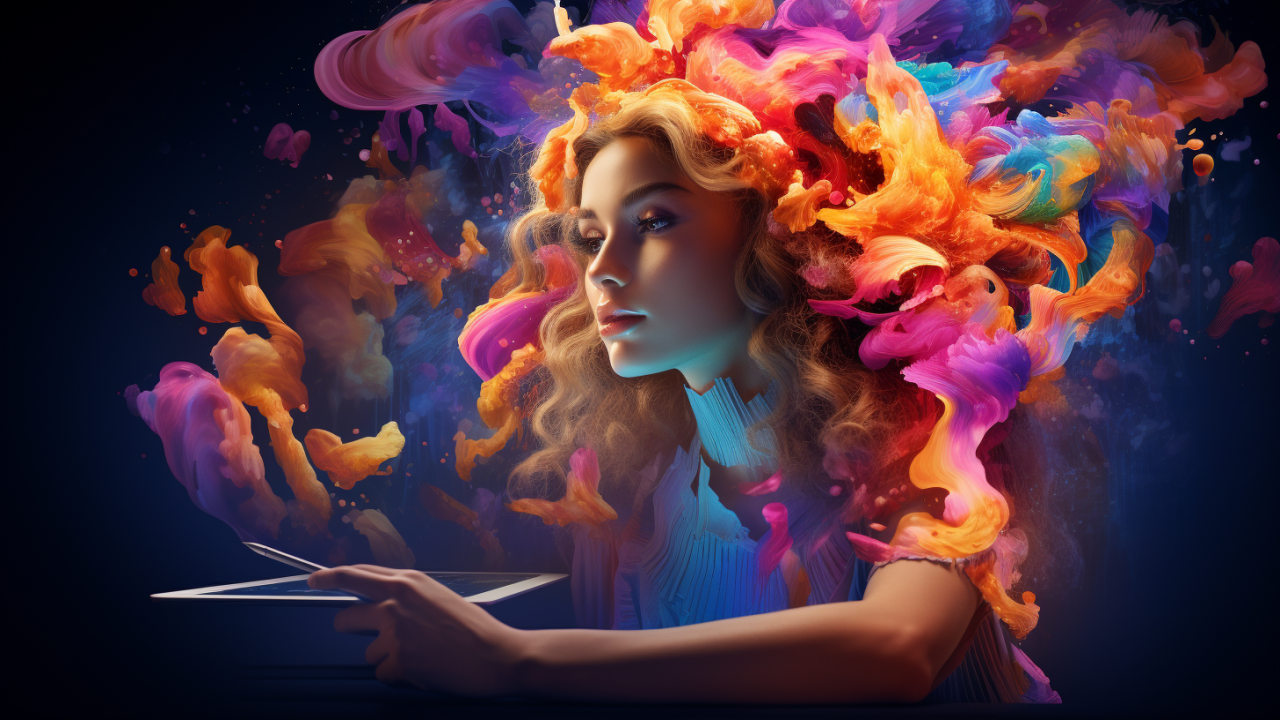
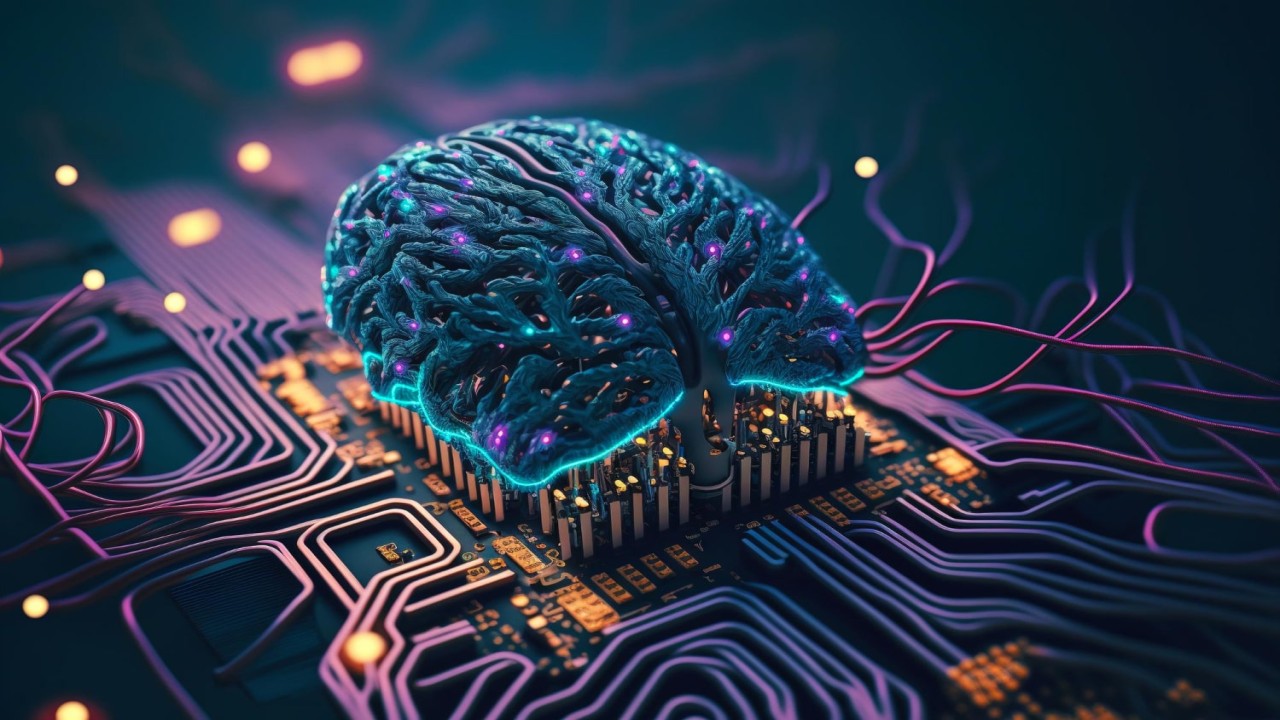
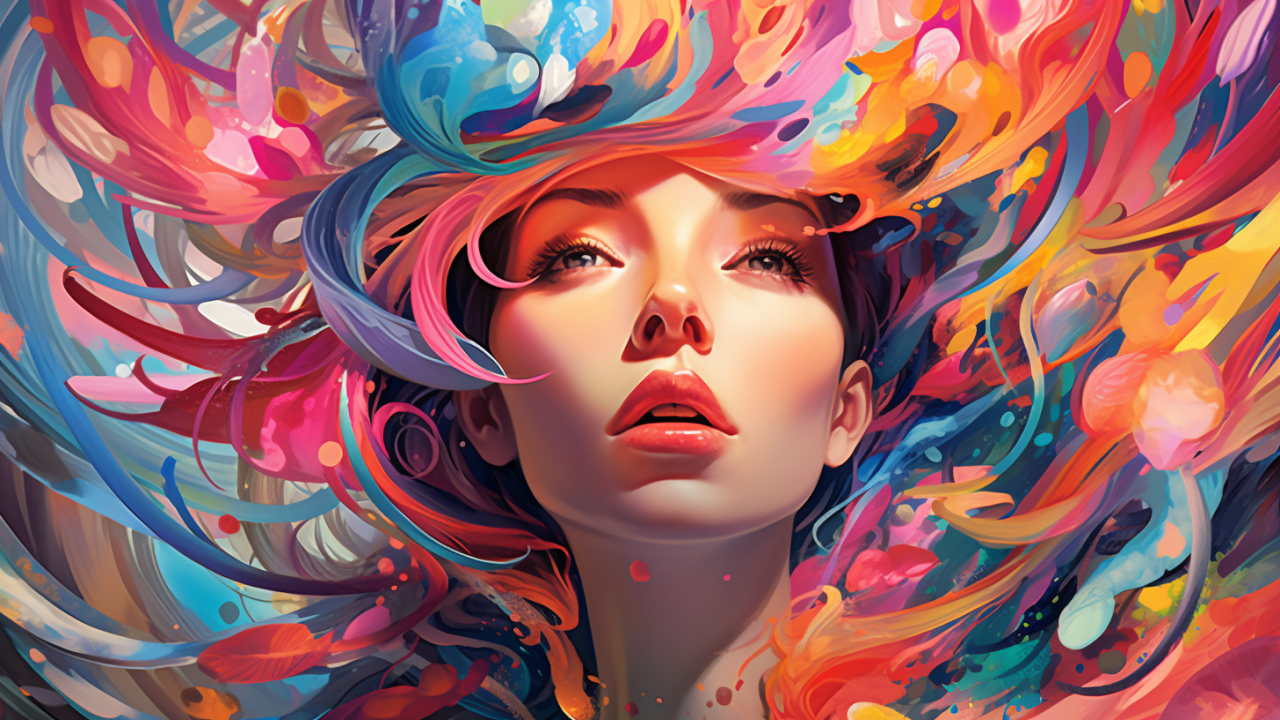
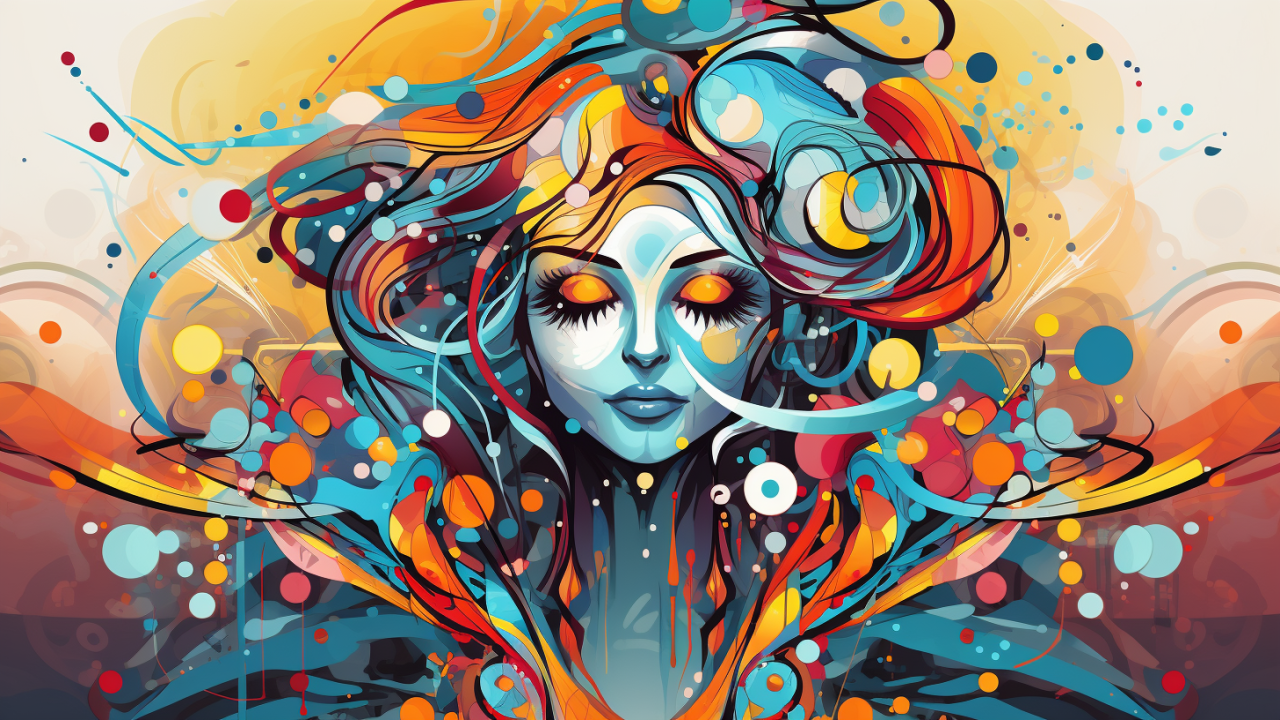
Comments (0)
No comments found